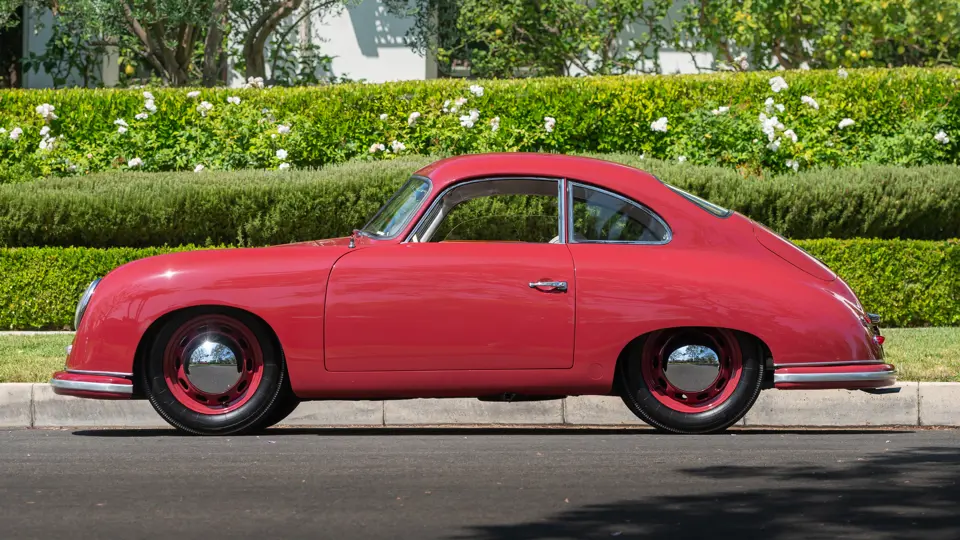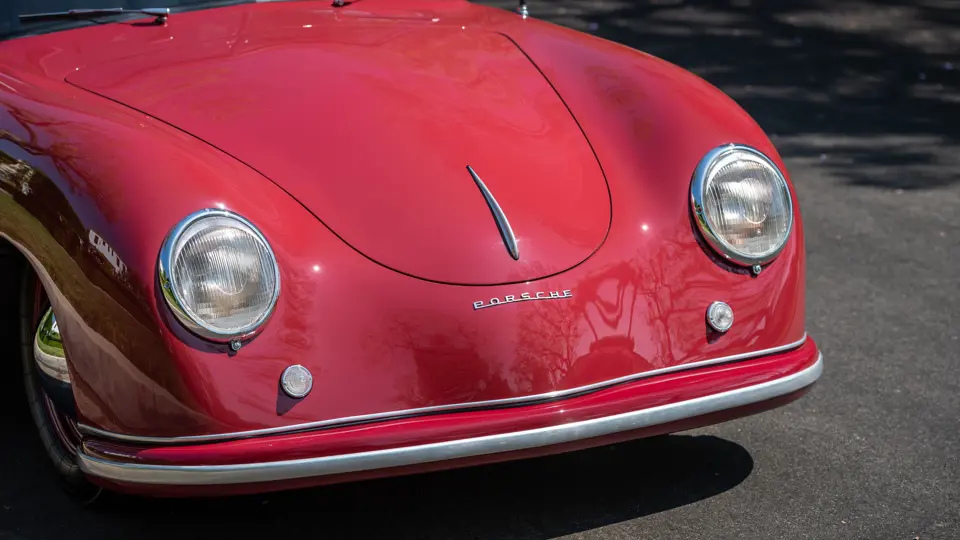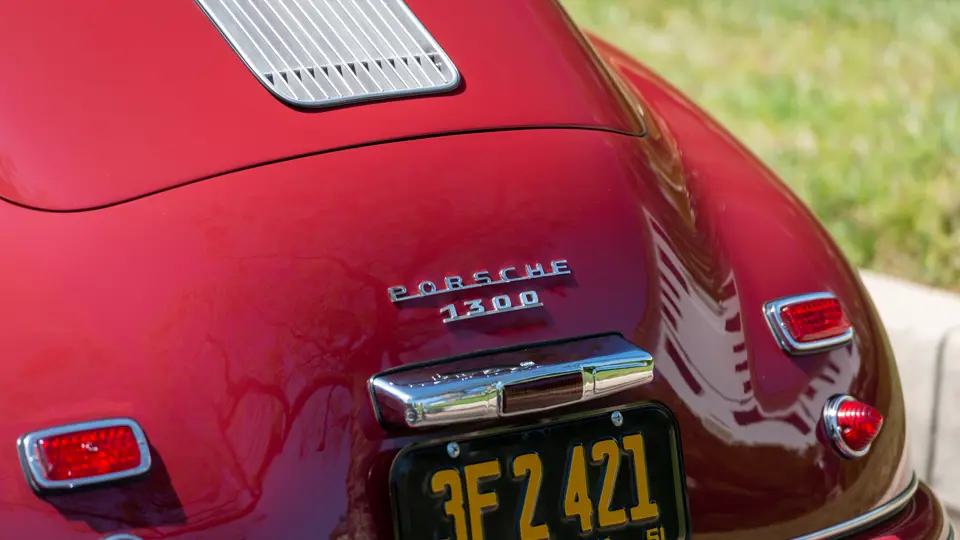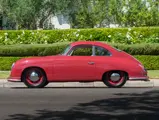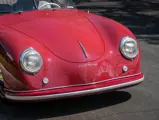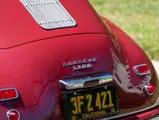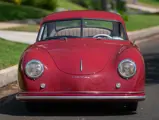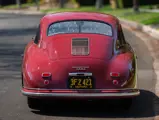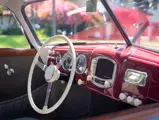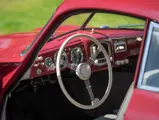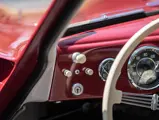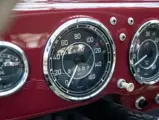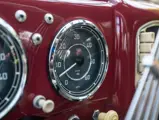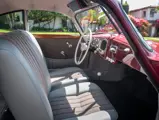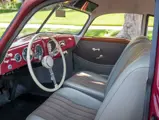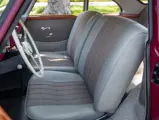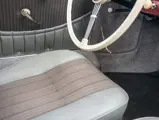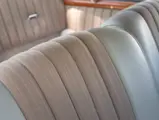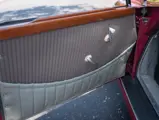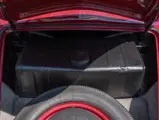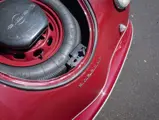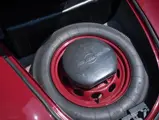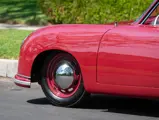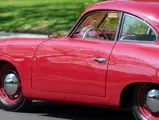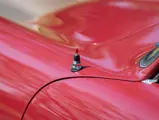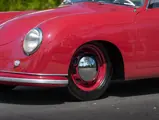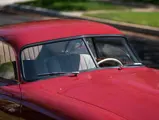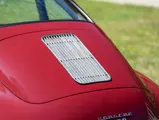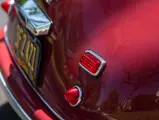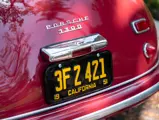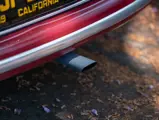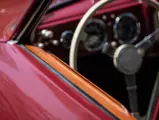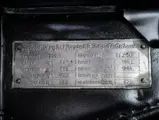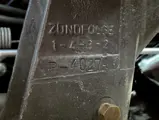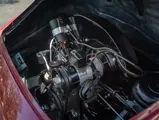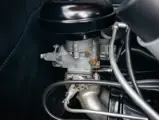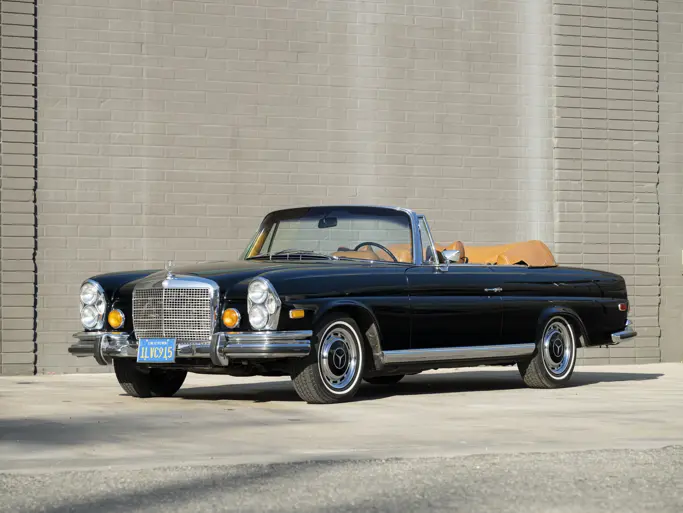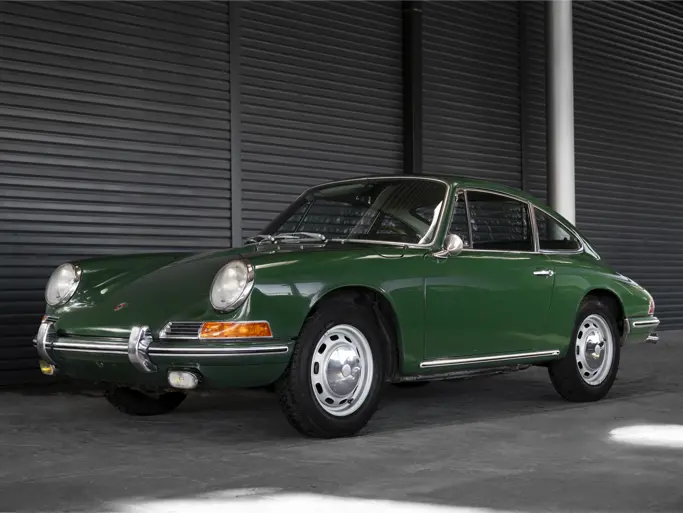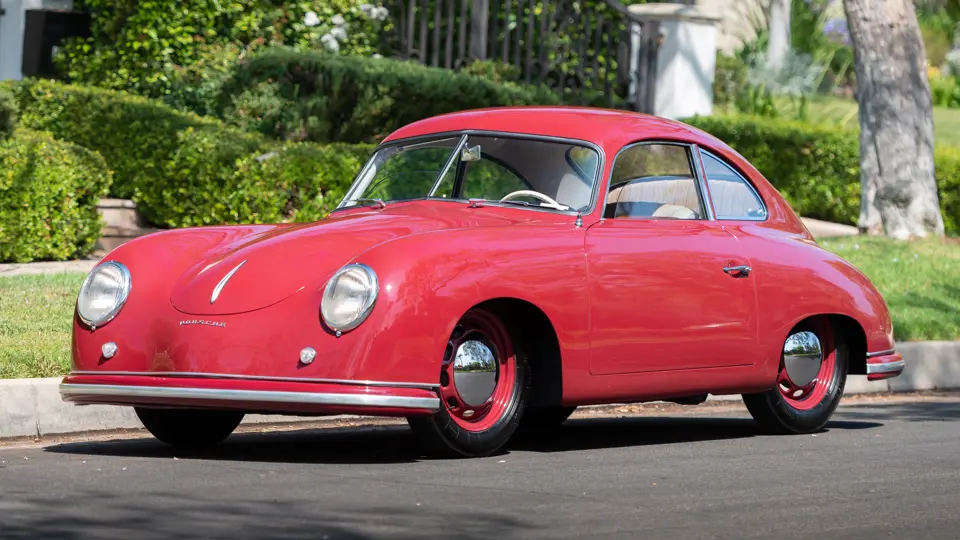
1951 Porsche 356 Pre-A 'Split-Window' Coupe by Reutter
{{lr.item.text}}
$456,000 USD | Sold
{{bidding.lot.reserveStatusFormatted}}
- Very early “pre-A” split-window coupe
- Detailed restoration to original specification; finished in its original factory color of Maroon
- Upgraded with a correct Type 528 1500 Super engine
- Fitted with rare period Telefunken radio
- Accompanied by copy of original factory Kardex and Hazet tool set
Of the roughly 78,000 356s that were built during Porsche’s 15-year production run of the iconic model from 1950 to 1965, those that are considered the purest and most sought after are the earliest cars, as they remain most faithful to the marque’s original design. When assessing that production run, it is clear 1951 was a big year for both Porsche and the 356.
On 21 March, Porsche produced its 500th vehicle, quite an accomplishment for a relatively small manufacturer at the time. Even more impressive, however, was that by the end of the year it would double that figure, with 1,103 vehicles built in total wearing the Porsche badge. It was clear that the 356 had made a positive impact on its customers and that the brand was beginning to cement its reputation worldwide.
One of the notable features introduced in 1951 was the new 1.3-liter pushrod engine. It boasted a two-piece Volkswagen crankcase with a forged steel crankshaft and light alloy cylinder barrels. When compared to its 1.1-liter predecessor with cast iron cylinders, this saved a tremendous amount of weight—12 pounds to be precise—and offered 44 brake horsepower (compared to 35 brake horsepower). This was implemented in production in March 1951 and would be followed once more by another slightly larger engine, the 1.5-liter four-cylinder, which was introduced in October of that year. For 1951, all models boasted leading shoe front brakes with finned drums. Notably, this would be the last year for the now-iconic “split-window” windscreen and the more streamlined bumpers fitted tightly to the body to accentuate style and aid aerodynamics.
The Porsche 356 presented here is a very early European coupe. Featuring the split windscreen and body-to-bumper styling, it was delivered new to the Schmidt & Koch dealership in Bremen, Germany in 1951. A copy of the original factory Kardex confirms it was finished in maroon with a grey interior. It later passed to Tom Birch in the early 1970s, a leading member of the 356 split-window registry and a key figure in helping preserve the early cars. He used it as his daily driver until the 1980s when it passed to Jim Jenks, founder of the famous Ocean Pacific surf clothing and apparel company.
The next owner, Dieter Vongehr, had founded a specialist Porsche garage in San Diego and was a high-profile member of the Porsche Club of America. He carried out a sympathetic restoration and upgraded the engine to a correct-type, but slightly later, 1500 Super unit from 1953. The car is also fitted with the correct “crashbox” transaxle. It then passed to the Ingram Collection in Durham, North Carolina, which contains perhaps the finest examples of Porsche cars outside of the factory museum.
A subsequent owner sent the car to Emory Motorsports, which has restored Porsche Works cars—including the 1951 Le Mans-winner. The firm was tasked with returning the car to its original period specification down to the last detail. Their meticulous work included commissioning Autobahn Interiors to recreate the seats and doorcards based on original Reutter factory records. It features the correct grey vinyl and cloth seats with close-woven carpets. Dominating the dashboard is the correct, period, six-volt Telefunken ID51 tube radio with AM and SW, programmable by ivory pre-selective pushbuttons. It also features the early steering wheel, which is unadorned by the Porsche emblem found on the later cars. Affixed to the spare wheel is also a rare Hazet tool set.
Cherished by a series of marque connoisseurs, this 356 is perfect for historic touring events and ideal for a collector seeking a very early example of the Stuttgart split-window cars.
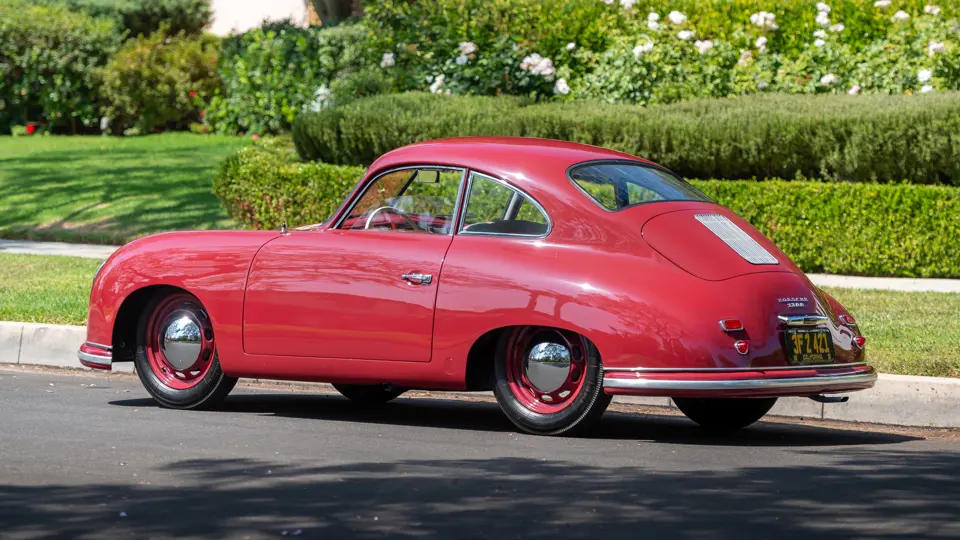



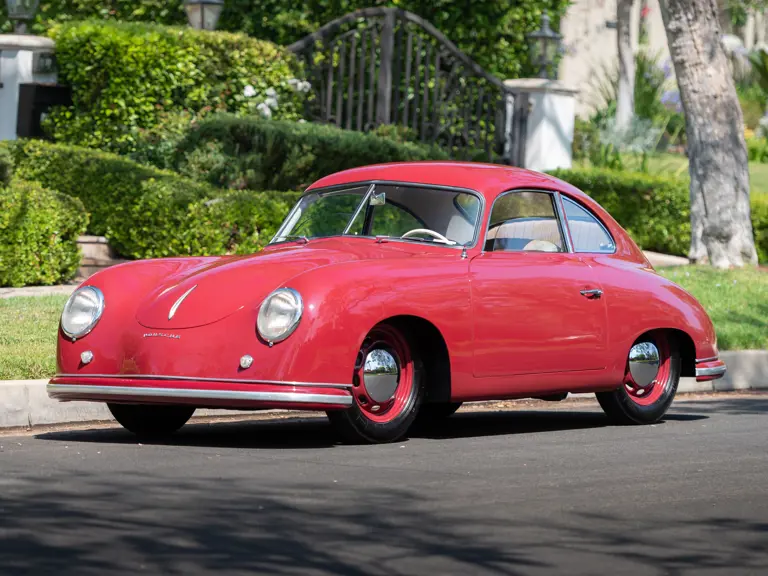
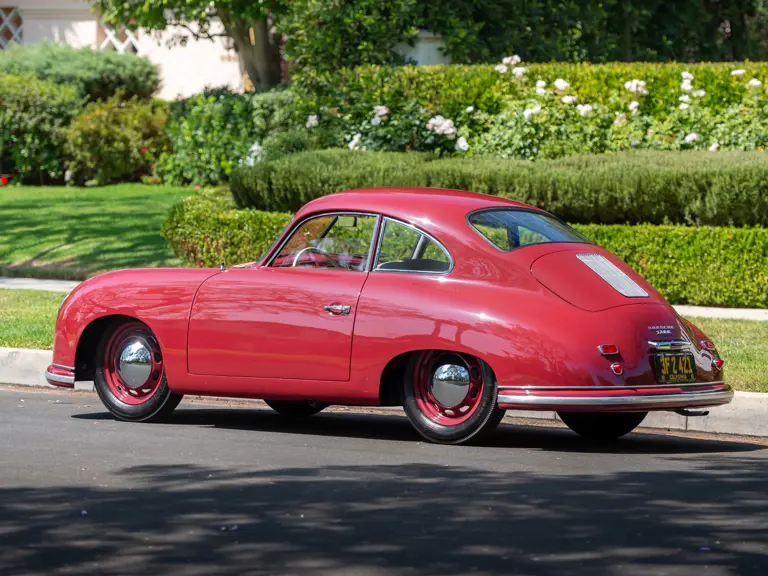
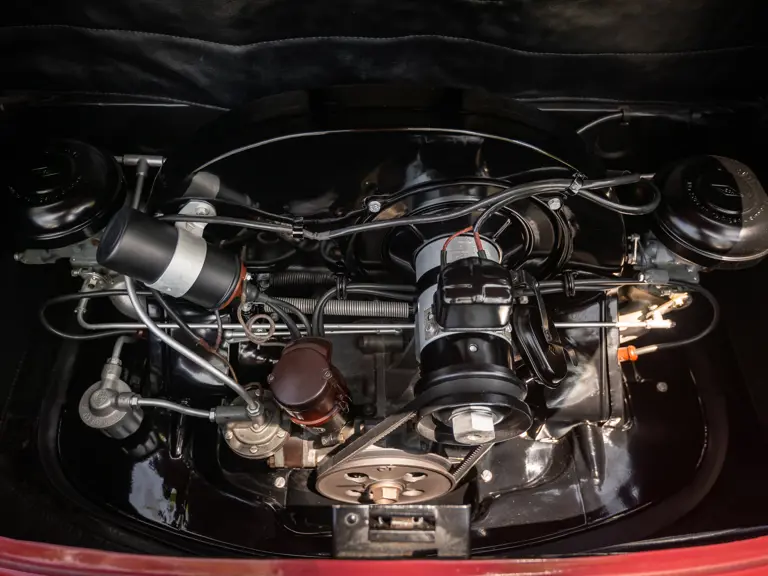
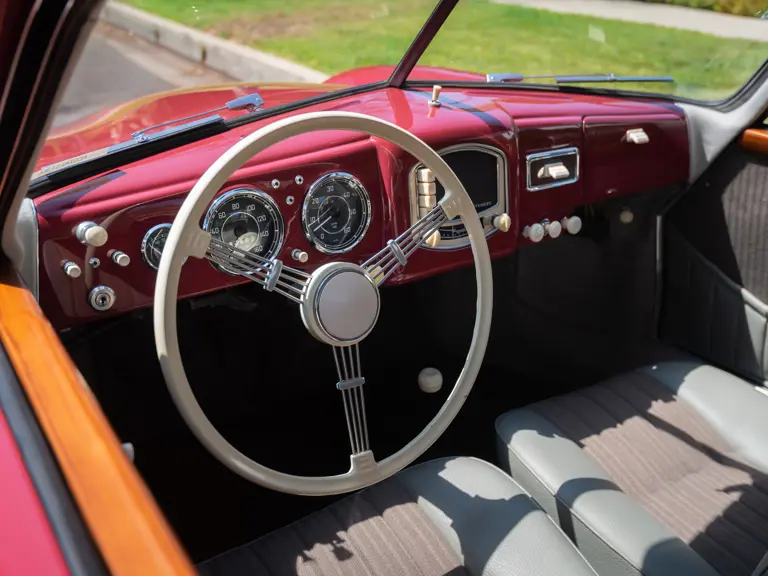
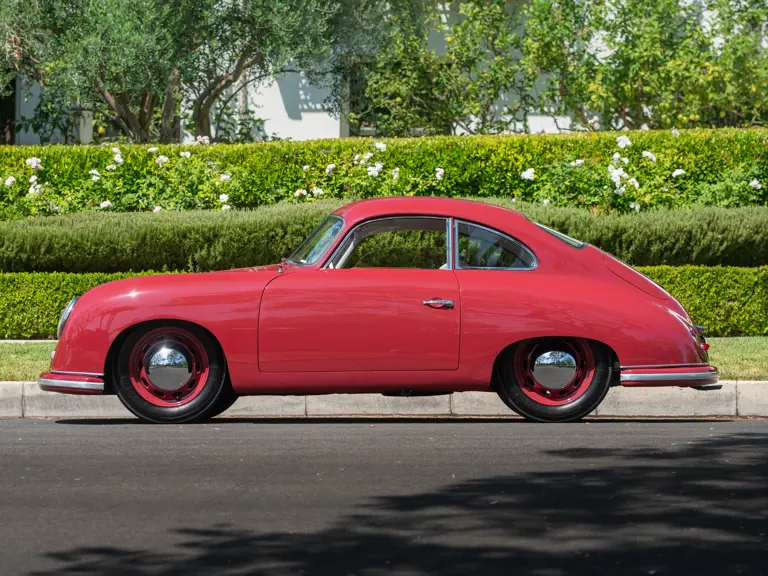

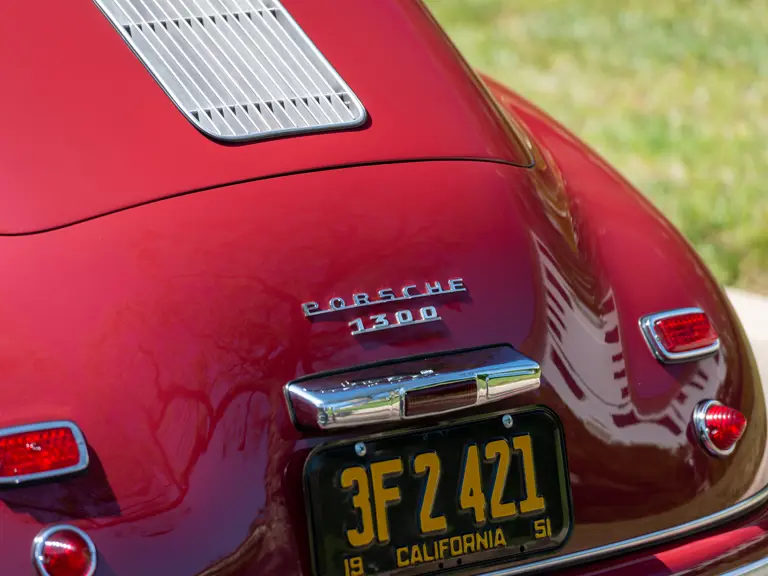

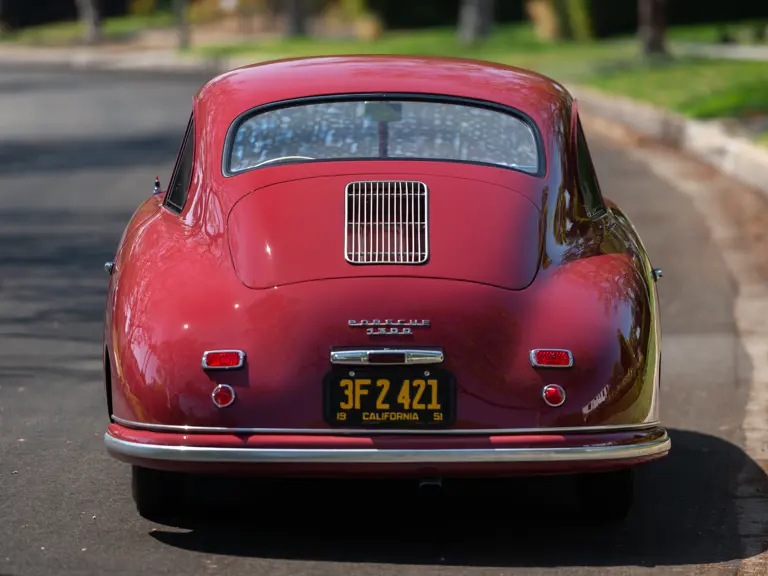

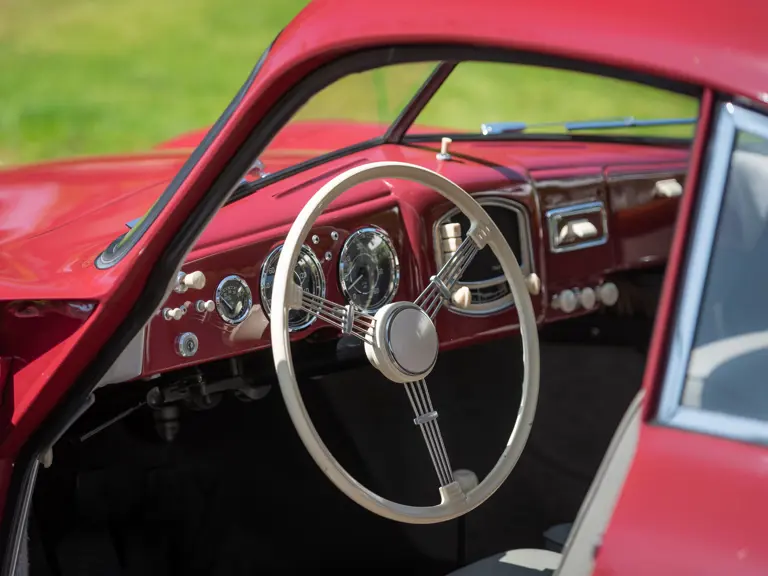
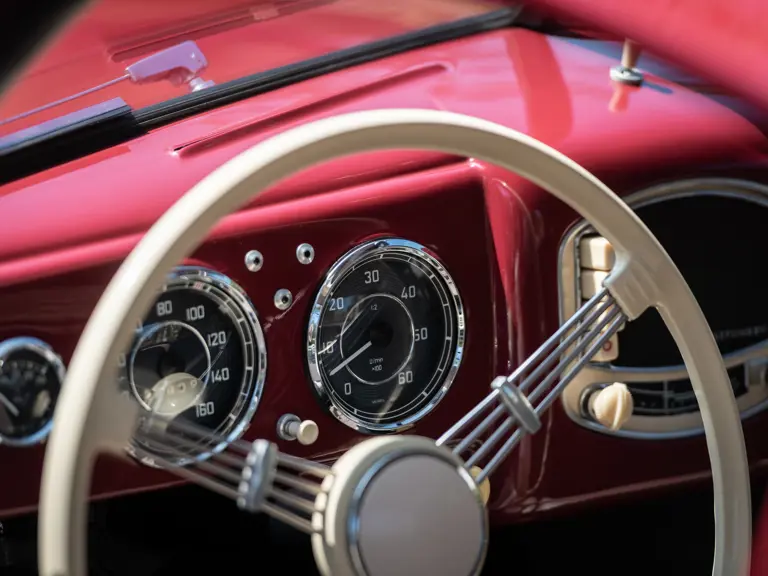



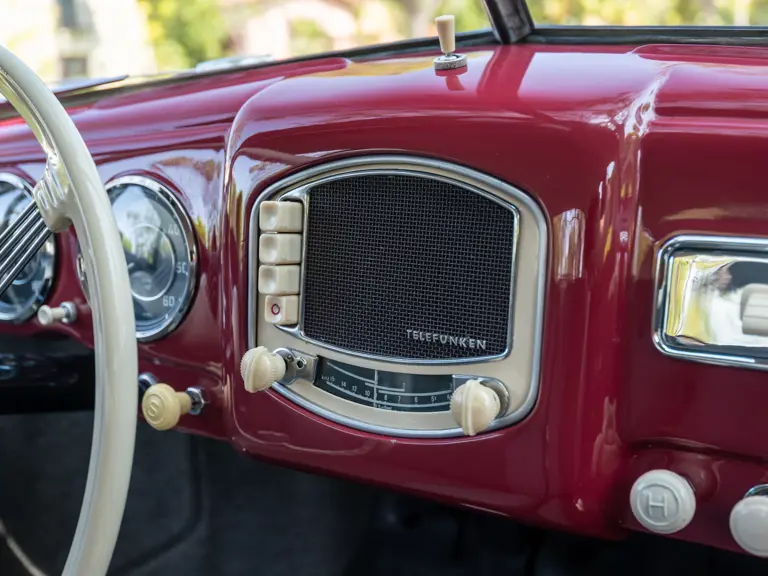
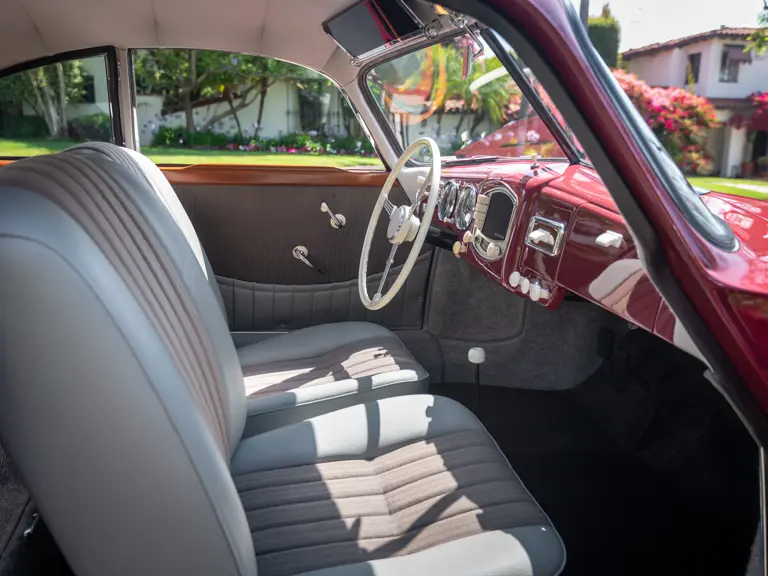
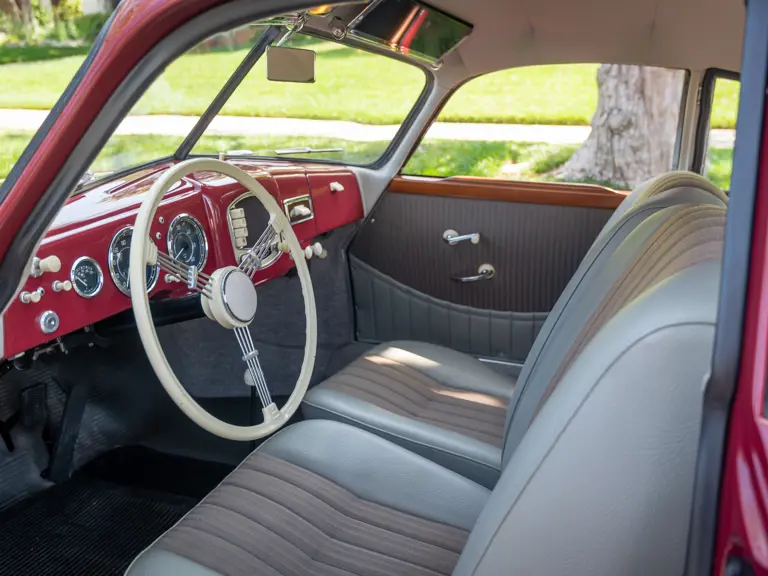

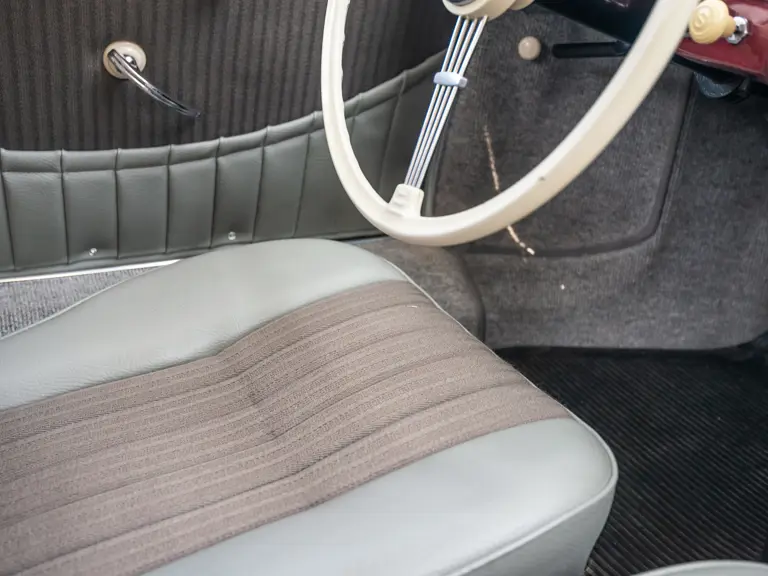
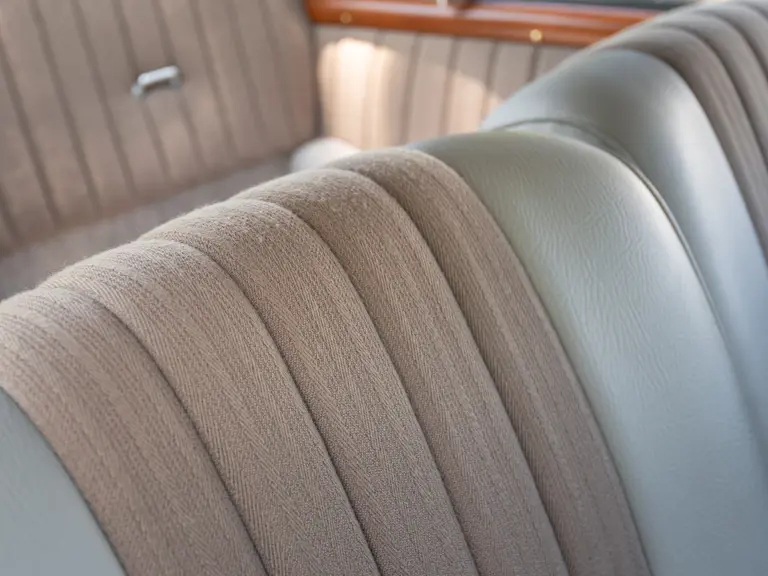
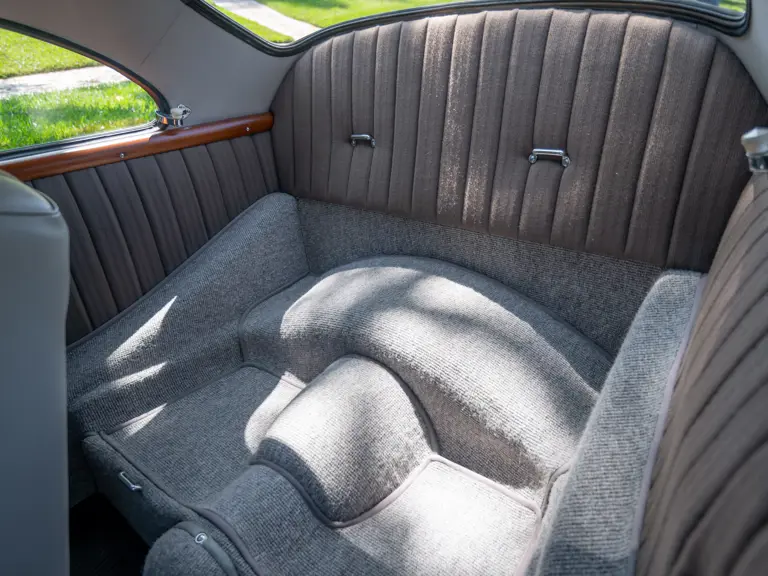
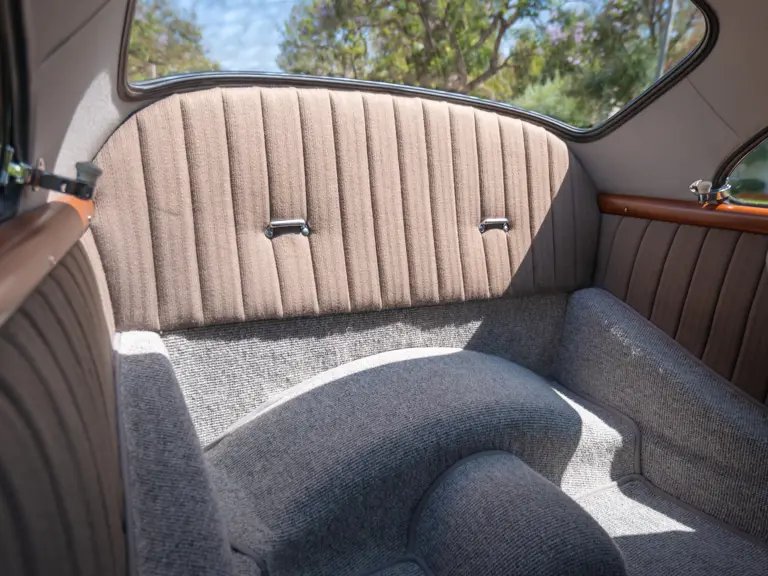
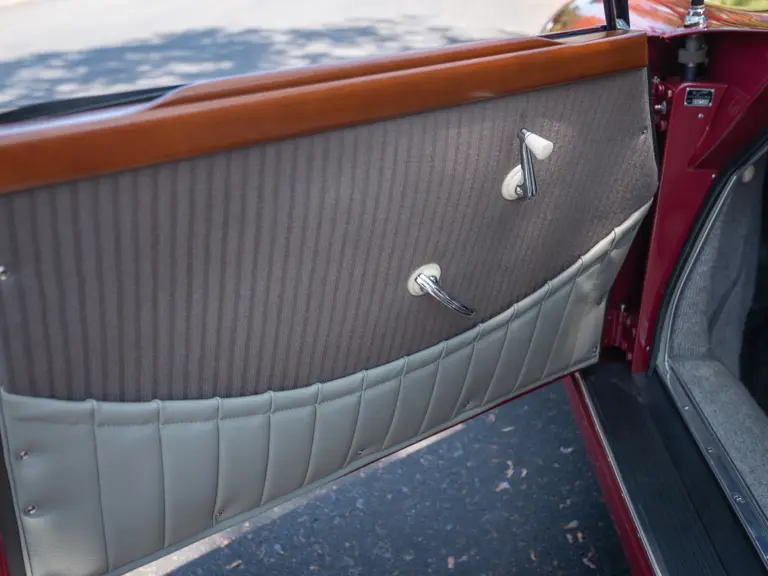

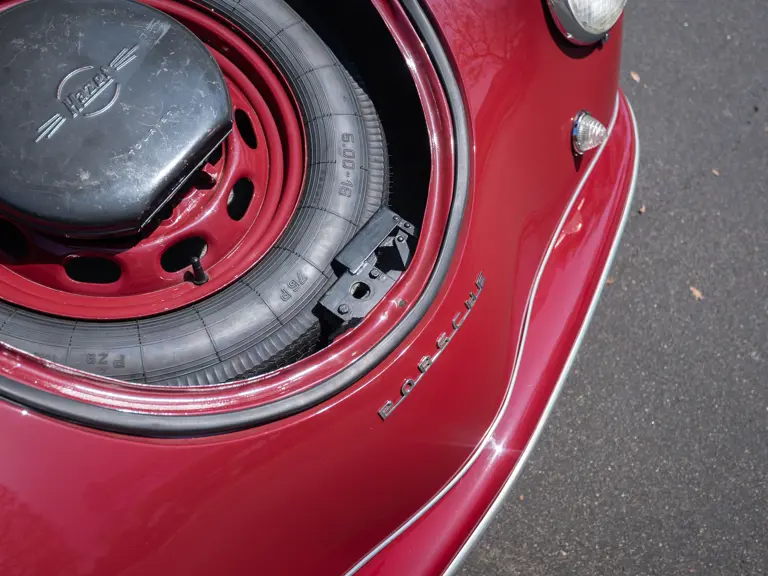
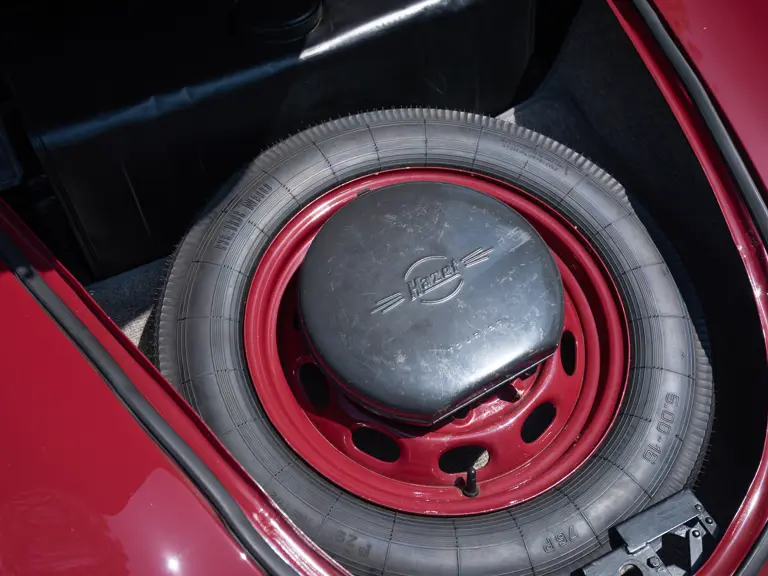
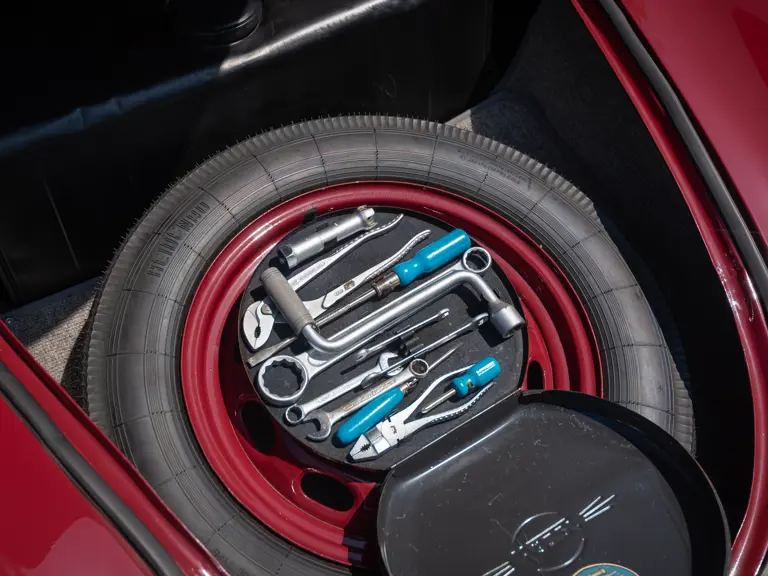

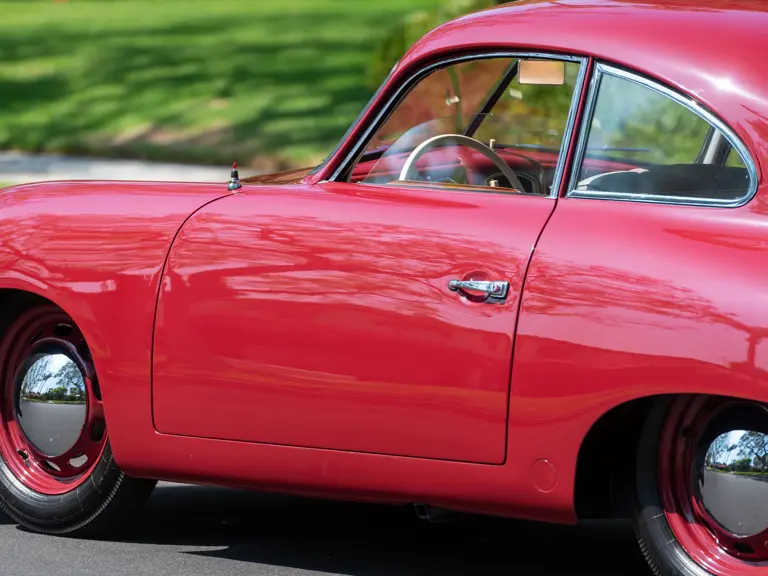
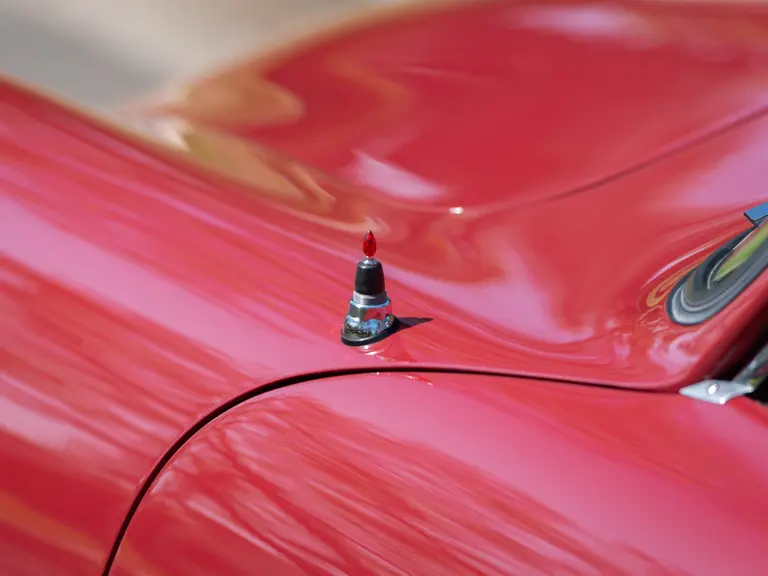
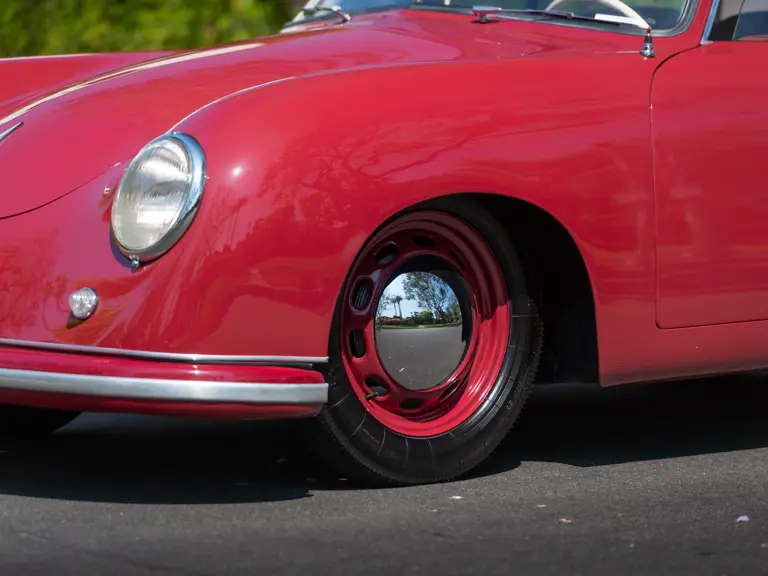
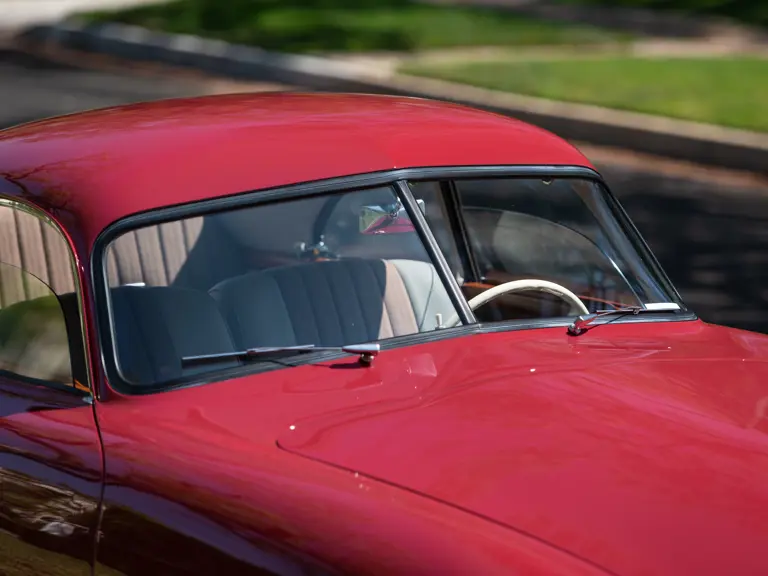



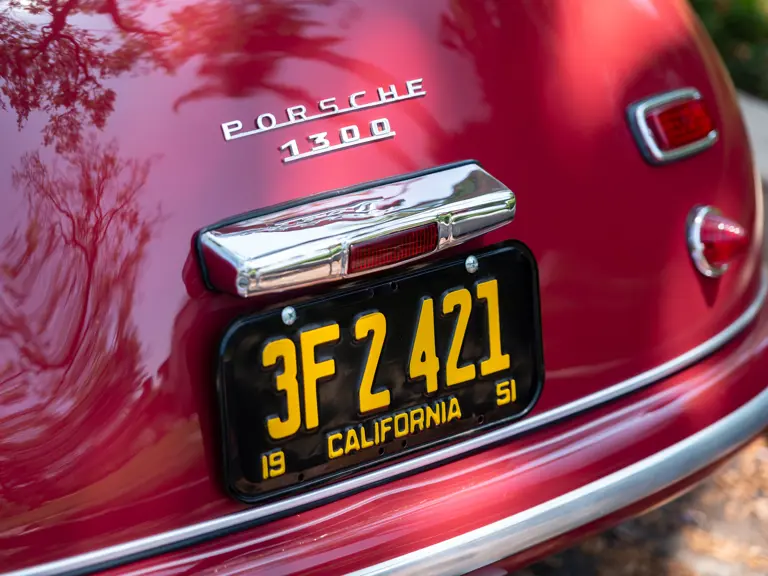
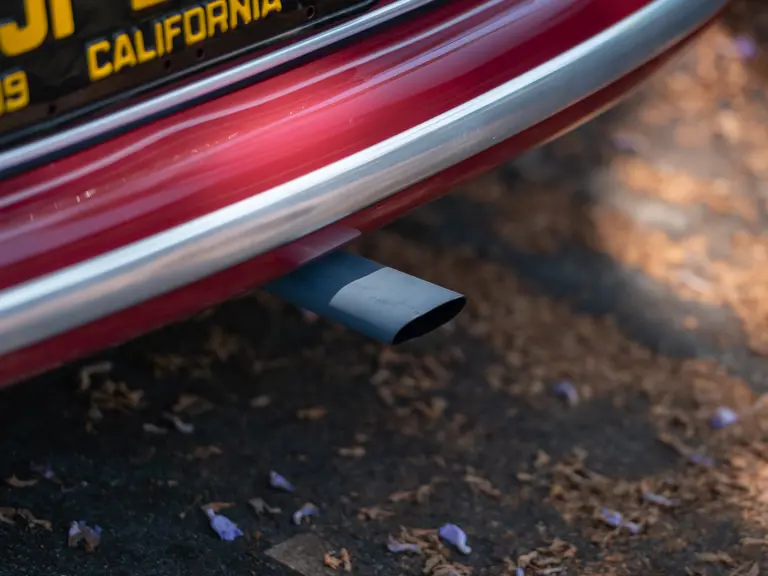
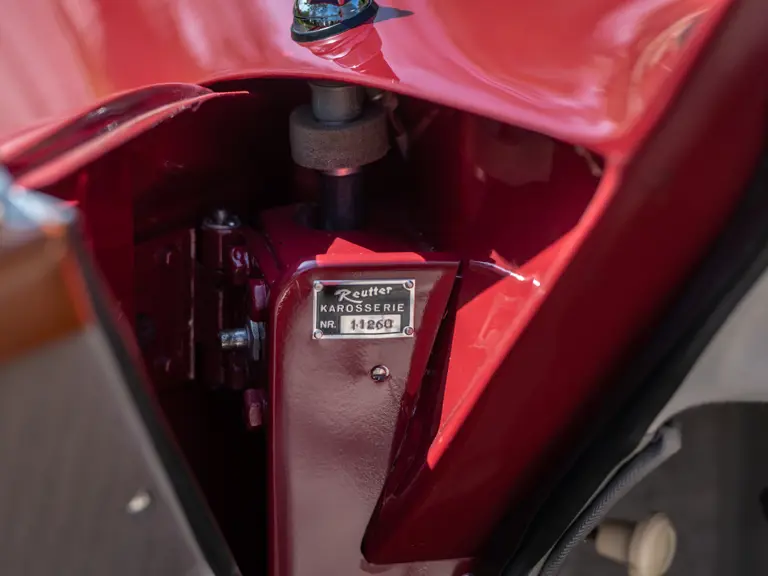
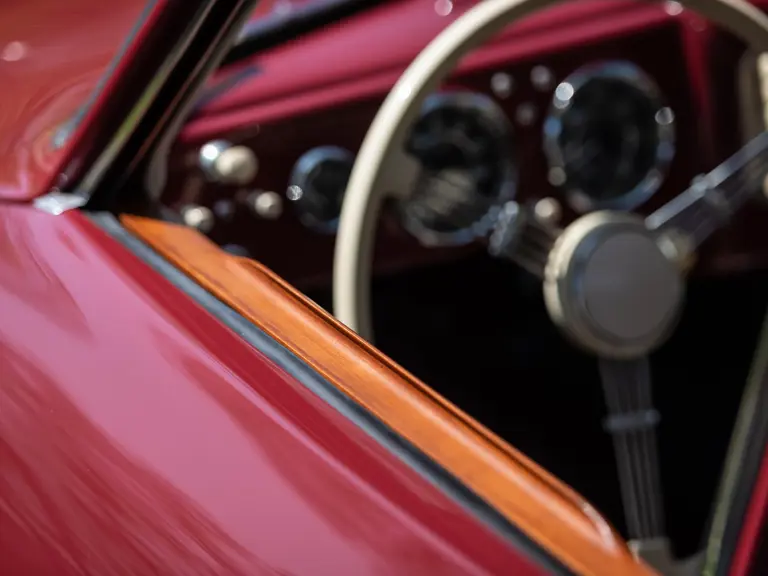
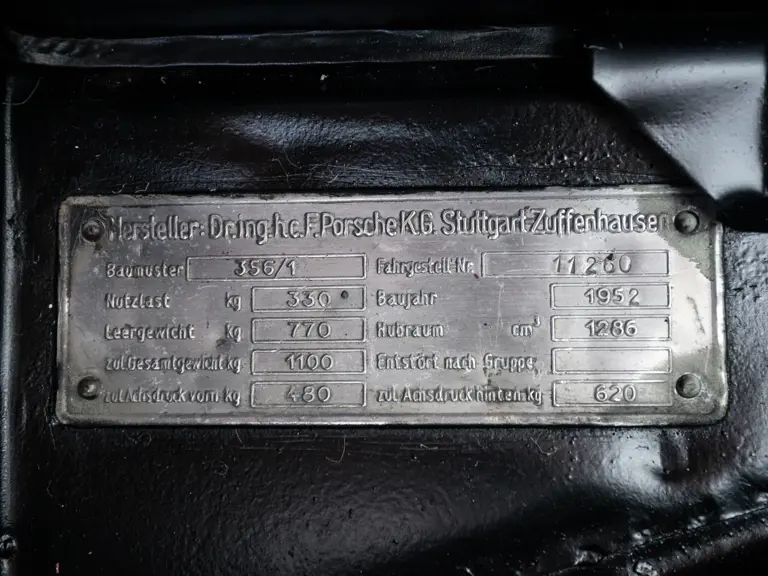
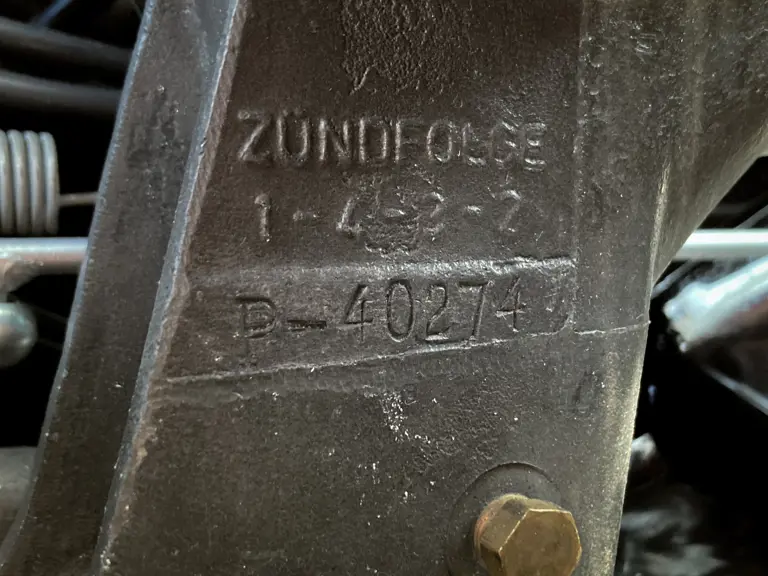
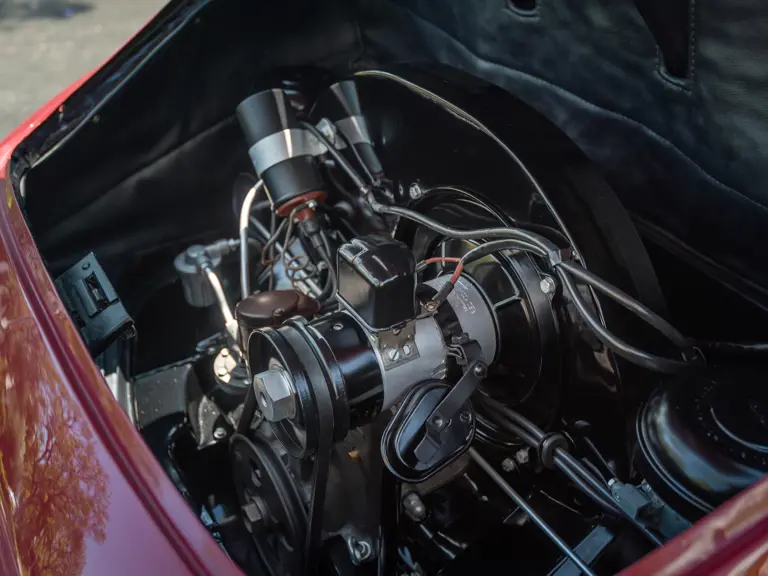
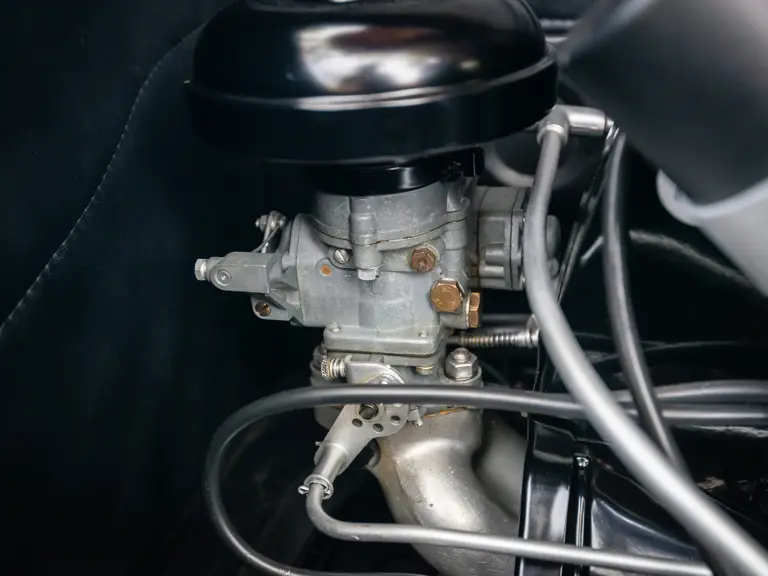
 | Monterey, California
| Monterey, California
